原作者 20tauri 于2016年发表于 LEGO Ideas。量产版与原作相比较,变动较大。人仔造型服饰有较大差别,哈勃望远镜与航天飞机更富有细节。
五位人仔分别是:
玛格丽特·汉密尔顿(Margaret Hamiton)
计算科学家。NASA阿波罗月球登月舱和指令模块软件工程师。2016年底获美国总统奥巴马颁发的自由勋章。
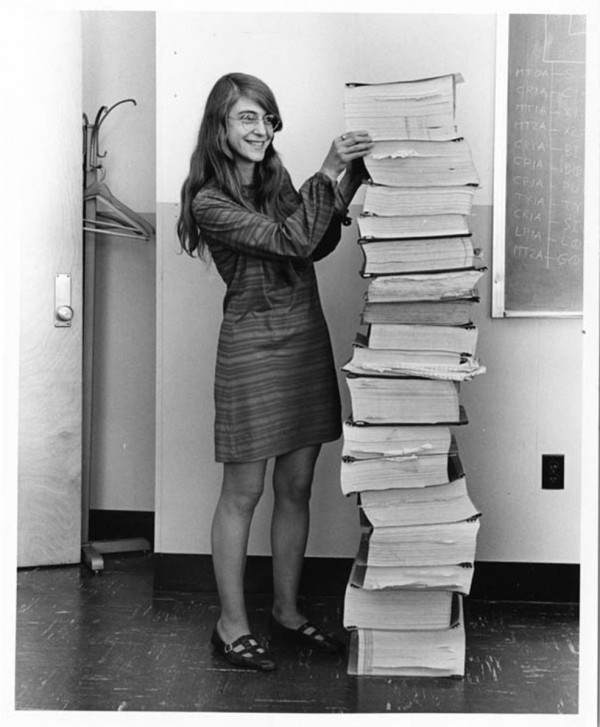
凯瑟琳·约翰逊(Katherine Johnson)
数学家、太空科学家。计算与验证“水星计划”与“阿波罗计划”的轨道,包括阿波罗11号登月计划,它首次将人类送上月球。
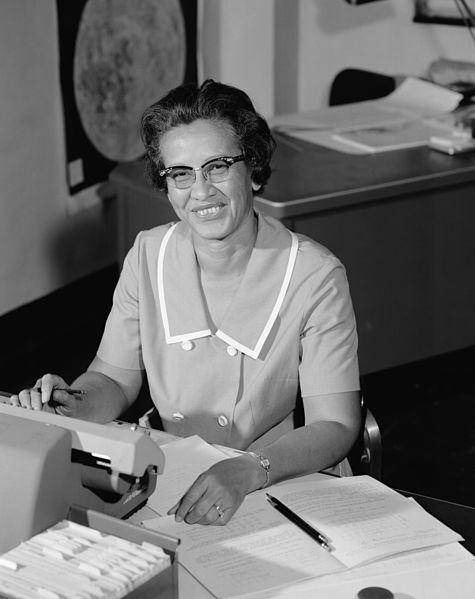
萨莉·赖德(Sally Ride)
是美国历史上首位进入太空的女宇航员,人类史上第三名女性宇航员。
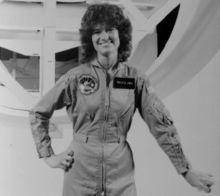
南希·格蕾丝·罗曼(Nancy Grace Roman)
美国宇航局(NASA)总部“空间科学办公室”的首位天文学领导人、同时也是行业内首位登上如此高职位的女性。对哈勃太空望远镜的规划有突出贡献,她也被人们尊称为“哈勃之母”(Mother of Hubble)。
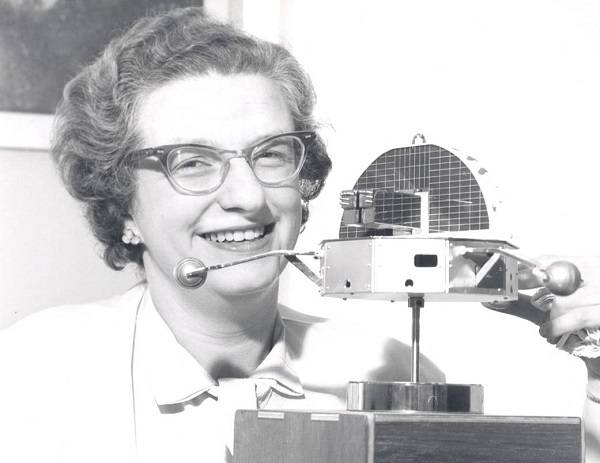
梅·杰米森(Mae Jemison)
工程师、医生和NASA宇航员。第一位进入太空的非裔美国女性。
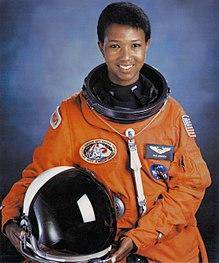
原作者对作品的介绍(摘自 LEGO Ideas):
Ladies rock outer space!
Women have played critical roles throughout the history of the U.S. space program, a.k.a. NASA or the National Aeronautics and Space Administration. Yet in many cases, their contributions are unknown or under-appreciated — especially as women have historically struggled to gain acceptance in the fields of science, technology, engineering, and mathematics (STEM).
This proposed set celebrates five notable NASA pioneers and provides an educational building experience to help young ones and adults alike learn about the history of women in STEM. The five Women of NASA are:
Margaret Hamilton, computer scientist: While working at MIT under contract with NASA in the 1960s, Hamilton developed the on-board flight software for the Apollo missions to the moon. She is known for popularizing the modern concept of software.
Katherine Johnson, mathematician and space scientist: A longtime NASA researcher, Johnson is best known for calculating and verifying trajectories for the Mercury and Apollo programs — including the Apollo 11 mission that first landed humans on the moon.
Sally Ride, astronaut, physicist, and educator: A physicist by training, Ride became the first American woman in space in 1983. After retiring as a NASA astronaut, she founded an educational company focusing on encouraging children — especially girls — to pursue the sciences.
Nancy Grace Roman, astronomer: One of the first female executives at NASA, Roman is known to many as the "Mother of Hubble" for her role in planning the Hubble Space Telescope. She also developed NASA's astronomy research program.
Mae Jemison, astronaut, physician, and entrepreneur: Trained as a medical doctor, Jemison became the first African-American woman in space in 1992. After retiring from NASA, Jemison established a company that develops new technologies and encourages students in the sciences.
In addition to a desktop frame that displays these five minifigures and their names, the set includes vignettes depicting: a famous photo of the reams of code that landed astronauts on the moon in 1969; instruments used to calculate and verify trajectories for the Mercury and Apollo missions; a microscale Hubble Space Telescope and display; and a mini space shuttle, complete with external tank and solid rocket boosters.
Cheers,
Maia Weinstock (@20tauri)
NASA的女性科学家(Women of NASA)属于Ideas系列积木套组,整个套组包含 231 个积木颗粒。乐高LEGO 21312 首发于2017年,之后被乐拼LEPIN等国产积木品牌所复刻。